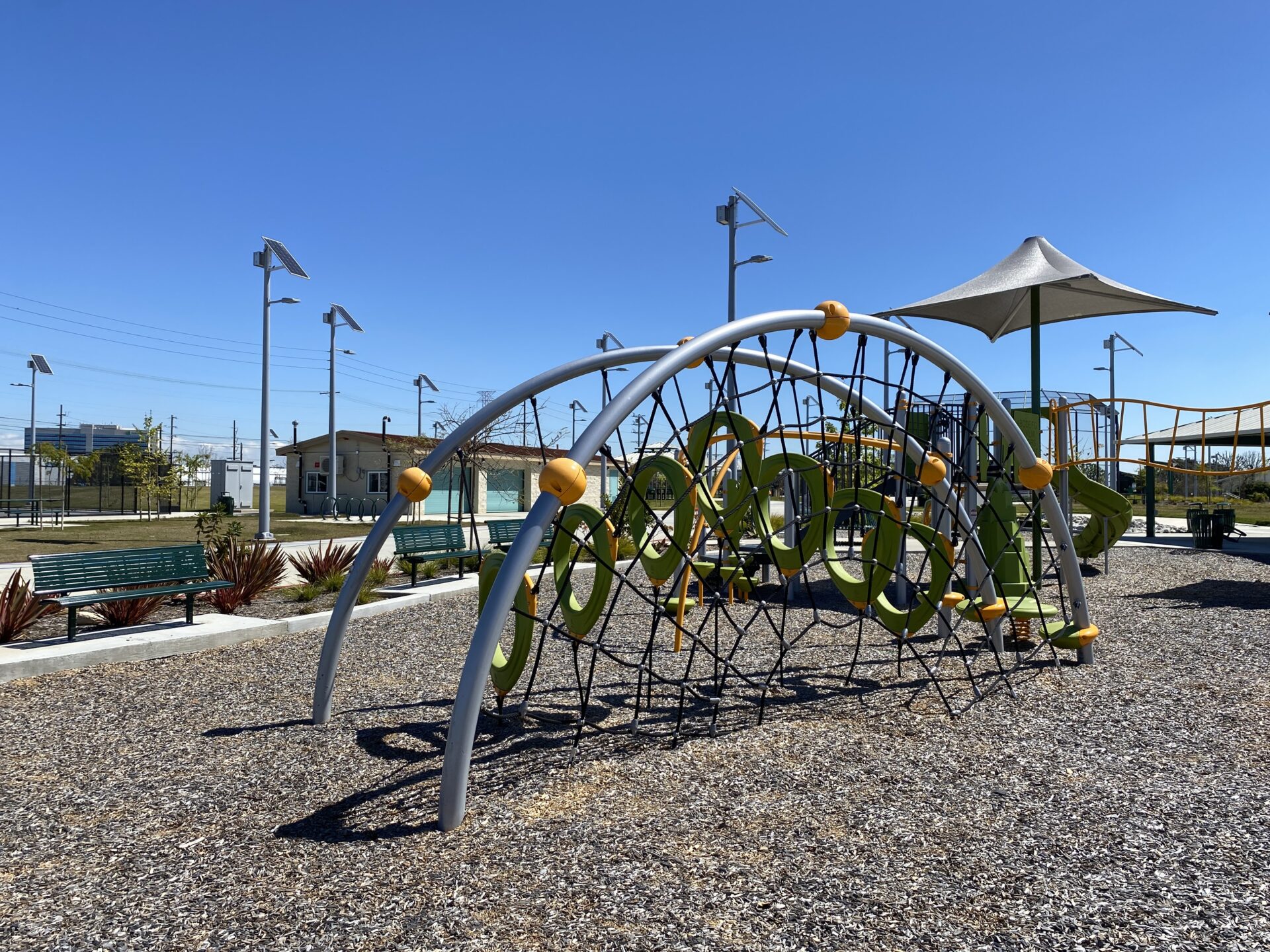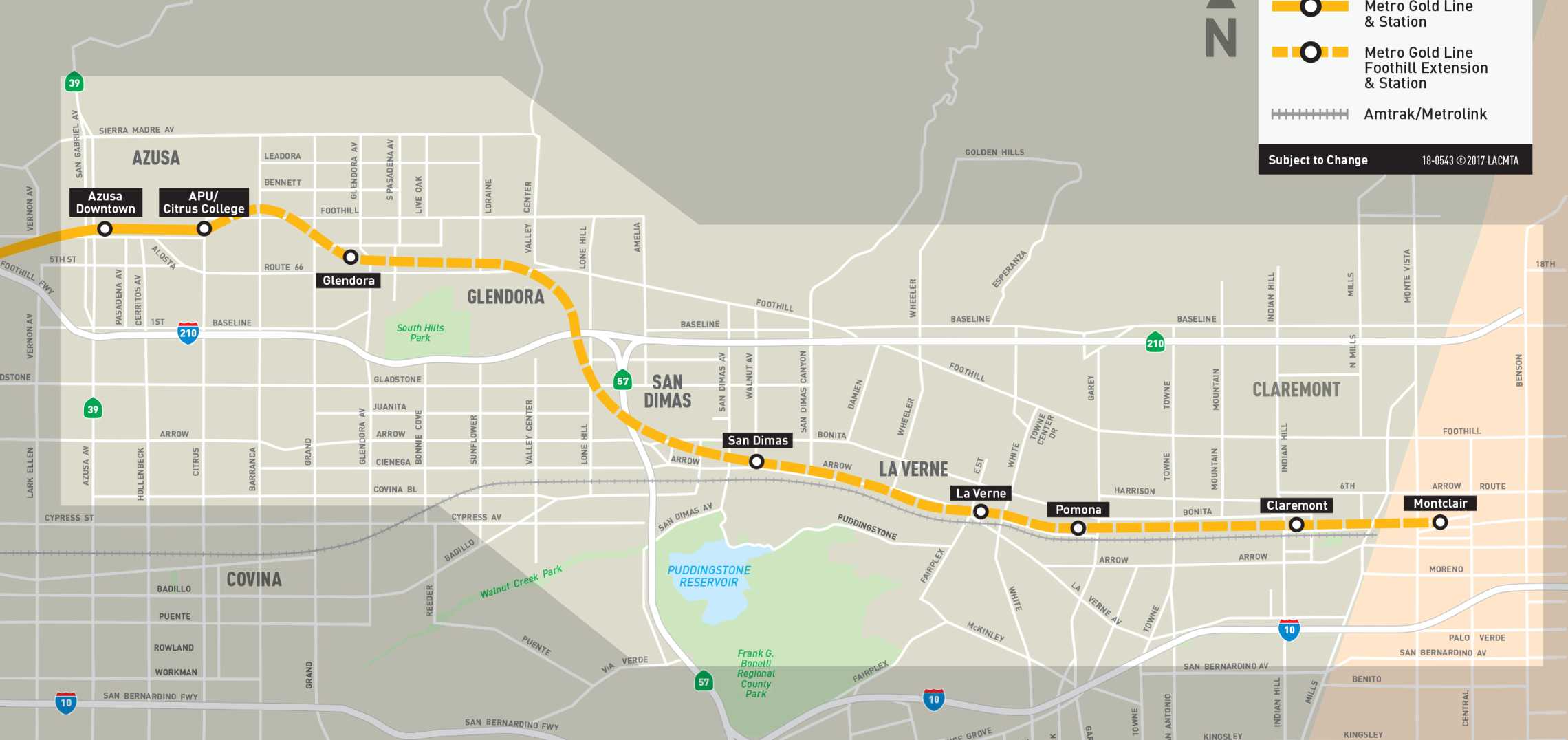If passed by the BART Board this summer, the November ballot will have a $3 billion-plus bond on it to help BART upgrade its infrastructure, including about $400 million for new train controls and signals. BART's communications staff released some graphics to help voters understand exactly how much additional capacity that will buy, and what that will mean from a rider perspective.
Unlike with an automobile, a train takes a very long time to stop. So the driver of a train can't moderate speed simply by watching the back of the next train without risking a rear-end collision (certainly not if the trains are travelling at speed). Traditionally, railroads work on a block-signal system--trackside signals keep trains a safe distance apart by splitting the right-of-way into segments. A train is not permitted to proceed to the next segment of track until the train in front of it has moved out of it. That assures that trains will never collide. It's what's usually happening when you're on a train that stops between stations for no apparent reason--it means a train in front of it was delayed (often for something as simple as someone holding a door). It causes delays to ripple back--so a single delayed train can cause problems way down the line. It also limits capacity.
Here's another way of looking at it, from a BART statement:
The current train control system is called a track circuit-based system with hard wired electronics. In its day, it was cutting edge. It divides BART’s entire 104 miles of track into smaller fixed segments, or “blocks.” Imagine a series of hotel rooms with adjoining doors. A train is not allowed to use an adjoining door to enter a room until a train in that room has exited through the other adjoining door.
This “go, no-go” movement is managed digitally through a system that’s based on the track circuit. The train control fixed blocks are just like the hotel rooms – you can’t move the walls.
But a modern computer, with the proper signal electronics, can run more trains closer together, always keeping a safe distance so one train will never be close enough that it can't stop before hitting the next. In other words, with modern signals and controls, you can move the walls of the hotel rooms, surrounding each train with an electronic safety "bubble" that will slow a train if it starts getting too close to the one in front of it. Under this system, trains rarely stop in-between stations unless there's a serious breakdown.
So how much delay time on BART is attributed to its aged signals and controls? Here it is BART's words:
NUMBER ONE CAUSE OF DELAYS: Currently, more than half of BART’s infrastructure related delays are due to the train control system, causing BART riders to face more than 400 hours of delay each year.
The new system will also be just plain safer:
"Train control is safety-critical," said Tom Dunscombe, BART's Group Manager of Train Control Modernization. "Train control will slow down and safely stop the trains as required for normal operations or in the event of an equipment failure.”
The second BART graphic helps illustrate how modern train systems work.

Of course, this is only one improvement BART is hoping to make. It'll also be replacing rails, power distribution, and, of course, the cars themselves.
The San Francisco Bay Area Planning and Urban Research Association (SPUR) is also getting the message out, at the same time fighting for more ambitious improvements, such as a second Transbay tube. And tonight, BART Board Member Nick Josefowitz will talk more about what needs done at the San Francisco Bicycle Coalition offices, starting at 5:30 pm.






